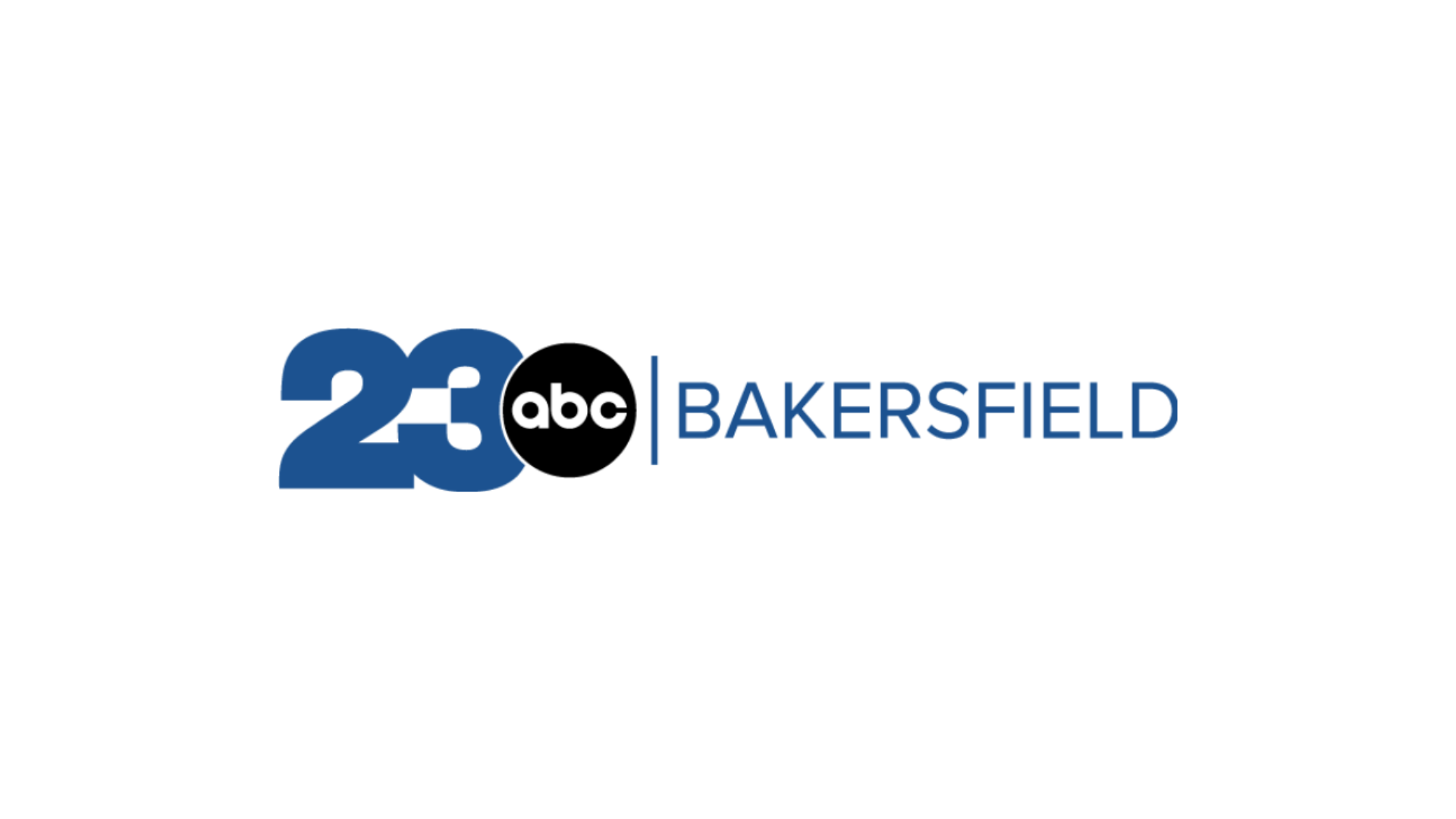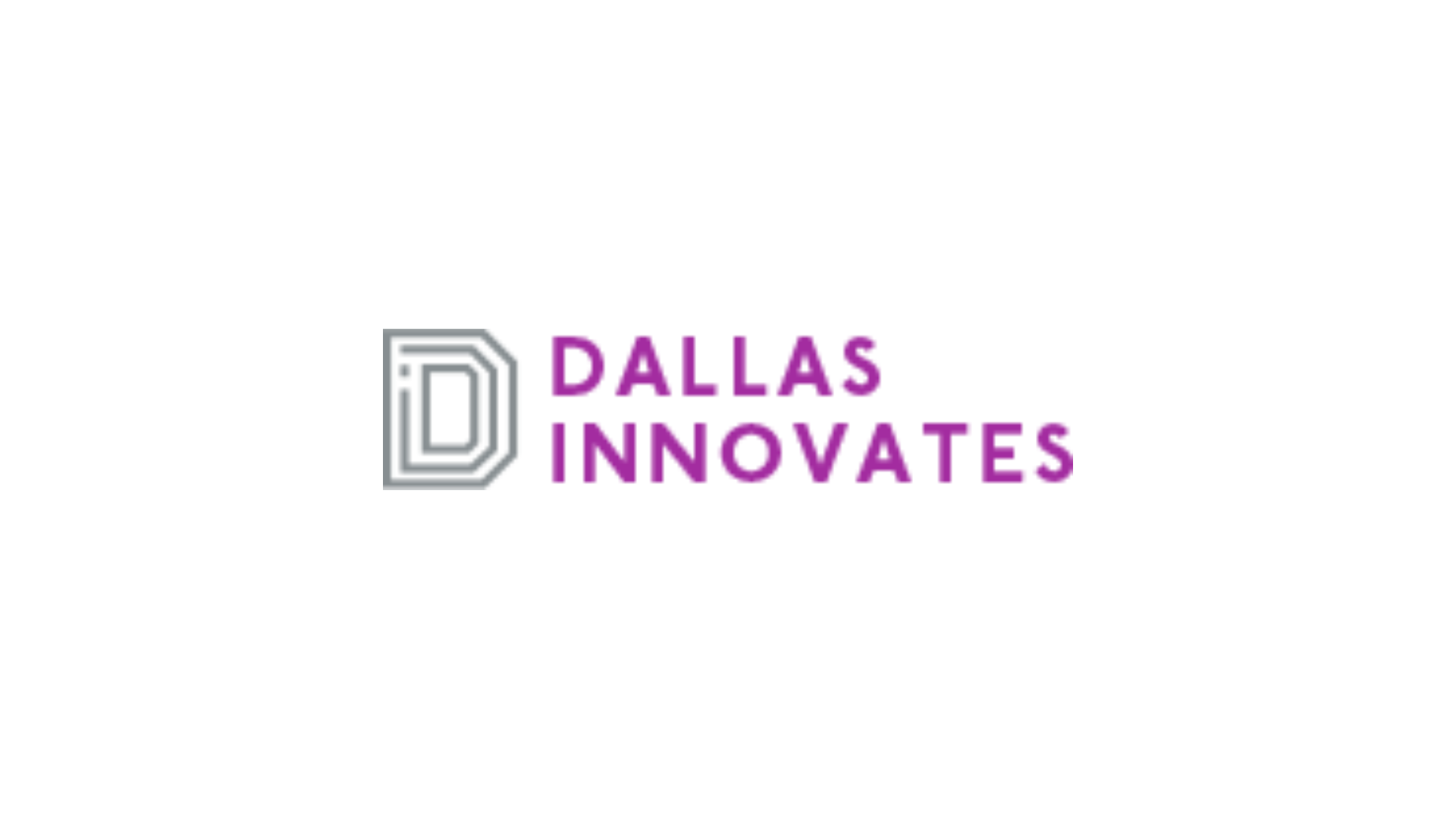
Originally published on the Queen Creek Sun Times – April 9th, 2024
The student population is evolving and it’s important for the education system to keep pace with their shifting needs. This starts with a willingness to embrace adaptability and explore unconventional approaches. As educators and parents, it’s our responsibility to ensure that our children receive the highest quality education possible while equipping them with the skills and knowledge necessary for a fulfilling future.
In the United States, there are around 7.3 million students with disabilities, accounting for 15% of the K-12 public school population. Of these, 12% have autism spectrum disorder (ASD) — a figure that has risen from 1.5% in 2001 and is expected to grow.
Over the past two decades, the average number of children diagnosed with ASD has more than tripled, with one in 36 identified with ASD at the age of 8 in 2023. That’s a significant increase from prevalence studies conducted in 2000, which estimated one in 150 children was diagnosed with ASD at age 8. And while there are many theories about the causes of this increase, including advanced diagnostic tools and a stronger understanding of ASD, the fact is that the student population is steadily changing.
These statistics are particularly concerning when you consider the national shortage of qualified special education teachers is also growing, resulting in an increasing number of students who require special education services without access to the resources they need. As parents and educators, we must bring attention to the pressing challenges faced by students with ASD and their families and seek innovative, adaptable solutions to meet each student’s needs and prepare for the classrooms of the future.
Under the Individuals with Disabilities Education Act (IDEA), disabled children are ensured access to free appropriate public education (FAPE), including the Individualized Education Program (IEP) and related services. But evidence suggests that, across the country, these students aren’t getting the high-quality, fulfilling education they deserve.
Experiences differ from district to district. However, special education teachers have reported ill-prepared long-term substitute teachers and teacher vacancies that lead to larger class sizes and burnout. One teacher attributed the average five-year burnout rate to a lack of support from their districts and said that with stronger support, more teachers would remain in this role for longer periods.
Which leads to these important questions: As educators, what reasonable measures can we take to increase support for special education programs during this national shortage? As parents of students with ASD and other disabilities, what can we do to ensure our child is in a school that meets his or her individual needs?
One potential solution is providing school-specific faculty training, led by qualified special education teachers. This approach at the district or school level would leave general education teachers better prepared to cover or support a classroom in the absence of a special education teacher. Since generalized training may not always apply to individual school environments, providing teachers and long-term substitute teachers with insights into their school’s unique special education programs would go a long way toward classroom management and student success.
K12-powered online schools have proactively addressed unexpected teacher vacancies through their innovative Special Universal Bank of Subs (SUBS) program. This alternative solution to the special education teacher shortage gives schools access to a bank of substitute special education teachers who are fully licensed and certified in multiple states and specially trained to use the online platforms and services provided by K12 and the schools it serves. Brick-and-mortar schools can also work with K12 and get support from the K12 SUBS program. With the help of classroom aides, the SUBS teacher can effectively teach the class virtually, ensuring uninterrupted delivery of IEP-driven services to all students without disruption.
If you have concerns about your child’s school’s approach to teacher absences and vacancies regarding special education services, schedule a meeting with the principal. You can learn more about what supports are in place for their teachers and whether they are prepared for unexpected vacancies. But know that there are other options available. Throughout the country, there are schools specifically focused on serving students with disabilities, including those with ASD. These schools employ highly trained teachers and therapists with a wide range of teaching resources tailored to their student population. Additionally, many families opt for homeschooling or online schooling, such as K12, which offers both public and private school options. K12 serves a significant number of students across various disability categories, surpassing the averages of many states. Of the K12 students who qualify for special education services, 17.5% are students with ASD.
Let’s face it — the student population is evolving and it’s important for the education system to keep pace with their shifting needs. This starts with a willingness to embrace adaptability and explore unconventional approaches. As educators and parents, it’s our responsibility to ensure that our children receive the highest quality education possible while equipping them with the skills and knowledge necessary for a fulfilling future.
Elena (Elle) Barnes is assistant academic administrator for special programs at Arizona Virtual Academy and Insight Academy of Arizona.
To learn more about Arizona Virtual Academy, visit https://azva.k12.com/.
To learn more about Insight Academy of Arizona, visit https://insightaz.k12.com/.




